Here is the original photo I took in the hotel room after dinner with Peter Yantzer and several others including John Pollard and maybe Wink Jones from memory?
Along with the original Ideal-scope reference chart from more than 20 years ago.
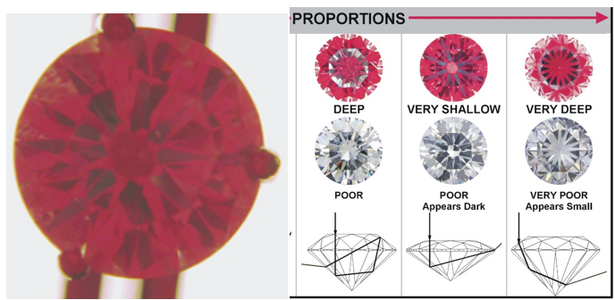
And I know you will love to point out the error in the shallow ray path stone - because it goes straight back to the observers head.
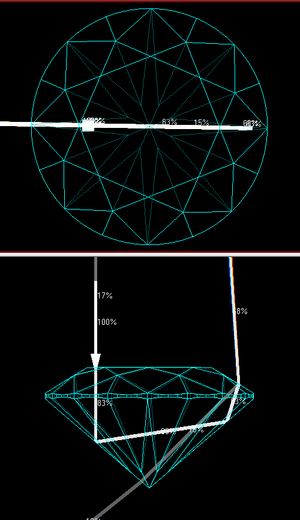
But as you know - for earrings the observer is much further away and so that argument does not hold unless the observer is like these two:
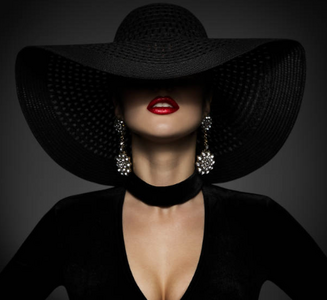

For diamonds with larger tables, as I recommend with shallow stones, there is a much larger area of minor pavilion facet than for diamonds with the Firey proportions and smaller tables.
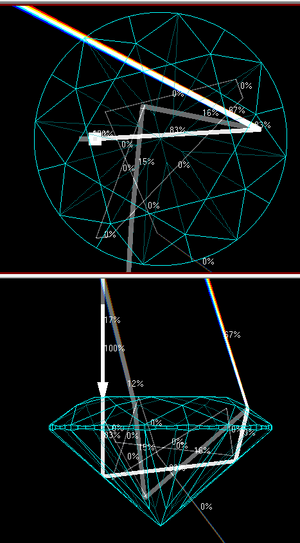
And finally, larger tables mean 90% of the light "seen" by an observer from the crown facets on big table diamond is also entering the stone from an oblique angle.
Why not make a DiamCalc model with a pavilion with 1.4-1.5 RI Sergey?
But as you know - for earrings the observer is much further away and so that argument does not hold unless the observer is like these two:
If the outgoing ray is exactly parallel to the incoming ray, a Dead Zone is formed. This zone always appears black because the ray enters the observer's pupil, regardless of the distance to the observer and the size of their head. The size of the observer's head and the distance only determine how wide the range of crown and pavilion angles is when this effect is observed.
The Dead Zone phenomenon is well-known, often referred to as NailHead for round diamonds with a pavilion angle of around 44 degrees.

In this case, the ray entering the table, after reflecting off Pavilion Halves, exits the table perfectly parallel to it. The effect is clearly visible even at a 43-degree angle when observed from short distances. This is because the ray entering the diamond, for example, from the right eye, reaches the left eye (according to Tolkowsky's parameters, the ray entering the diamond from the right eye exits towards the right ear .

More about this you can find here https://docs.cutwise.com/blog/ray-path-in-round-diamond). Therefore, Head Obscuration for such proportions is 3-5 times smaller than for diamonds with a pavilion angle of 42.5 degrees.
Of course, the effect can also be observed for a pavilion angle of 45 degrees when the incoming ray to the table reflects perfectly parallel to the incoming ray after reflecting off the Main Facet Pavilion.
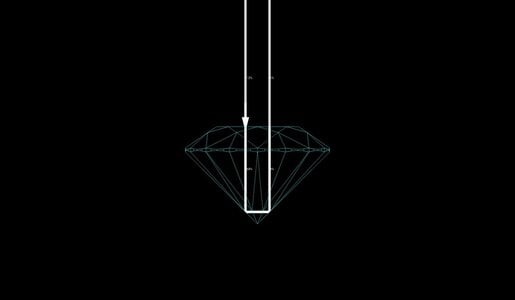
However, diamonds with a 45-degree pavilion angle are never cut, unlike diamonds with a pavilion angle of 42.5-43 degrees, which are extremely rare but can be found on the market.
It is less known that a similar effect can be achieved for Shallow Pavilion diamonds. In this case, for example, with a Pavilion angle of 40.25 and a Crown Angle of 30.3, the ray entering the table, after reflecting off the Main Facets, exits the crown perfectly parallel to the incoming ray.
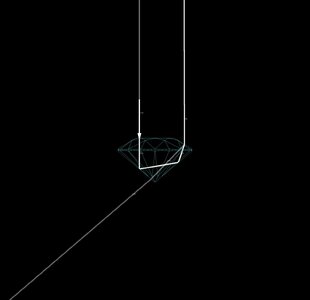 At these proportions, the Main Facets will appear black at any viewing distance, under any lighting conditions, and when the diamond is rocked. When viewed from close distances, the effect is also observed for larger pavilion angles. Unlike the NailHead Table Table, which is very rare in the current market, NailHead Table Crown is quite common. This is because, in the case of height-restricted diamonds (typical for LGD like CVD), diamond cutters cut diamonds with smaller crown and pavilion angles. This effect is often found in fancy cuts like Oval, Pear, Marquise, where it is called the BowTie effect.
At these proportions, the Main Facets will appear black at any viewing distance, under any lighting conditions, and when the diamond is rocked. When viewed from close distances, the effect is also observed for larger pavilion angles. Unlike the NailHead Table Table, which is very rare in the current market, NailHead Table Crown is quite common. This is because, in the case of height-restricted diamonds (typical for LGD like CVD), diamond cutters cut diamonds with smaller crown and pavilion angles. This effect is often found in fancy cuts like Oval, Pear, Marquise, where it is called the BowTie effect.It is important to note that a Round Brilliant Cut (RBC) with a Steep Pavilion (NailHead Table Table) can be recut to Tolkowsky parameters with minimal mass loss. On the other hand, to eliminate NailHead Table Crown in diamonds with a Shallow Pavilion, significant mass loss in the diamond would be necessary.
Additionally, NailHead is often seen in emeralds, where the range of angle parameters for all crown and pavilion tiers, when this effect is not observed on a certain facet tier of the Pavilion, is extremely narrow. A change of just 1 degree can create a Dead Zone in an Emerald Cut, and this is very common. Cutting a good Emerald is very, very challenging

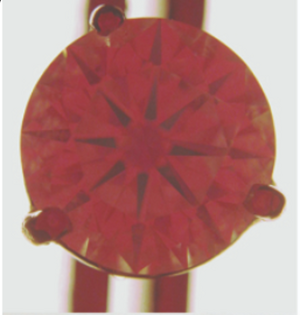
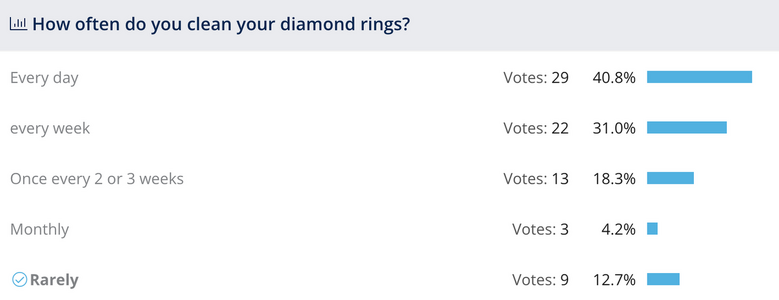
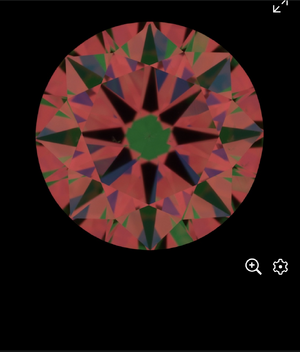
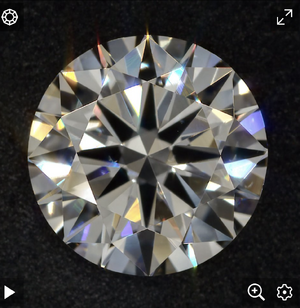

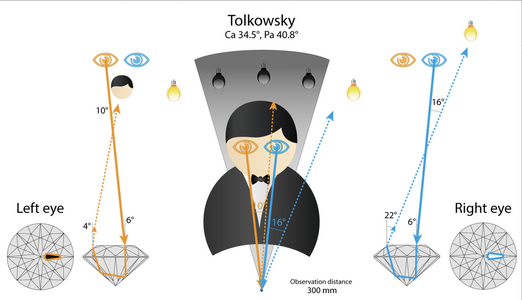

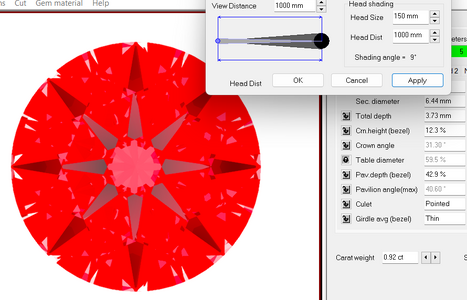

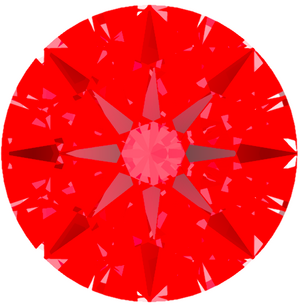
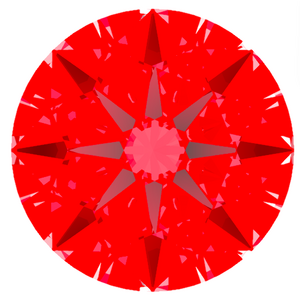
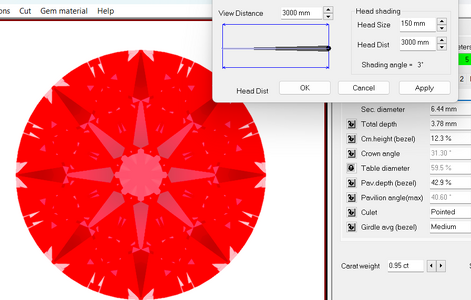
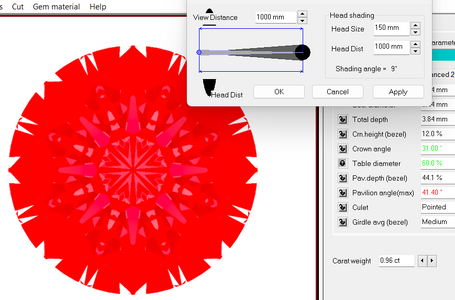
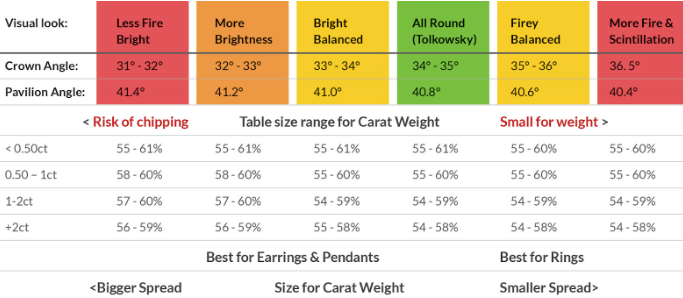
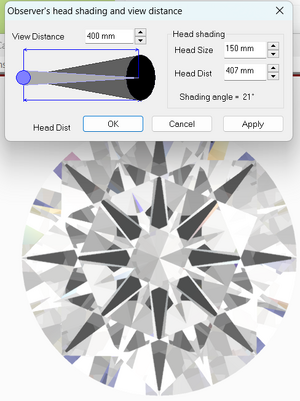
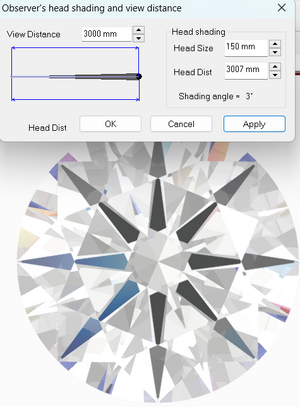
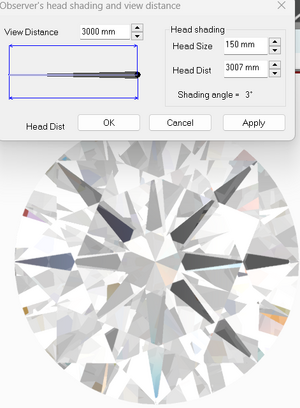
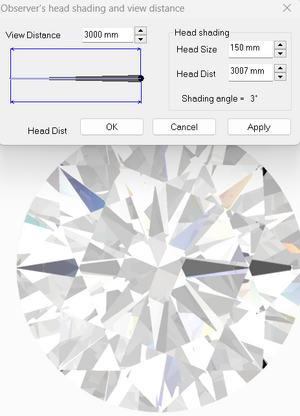
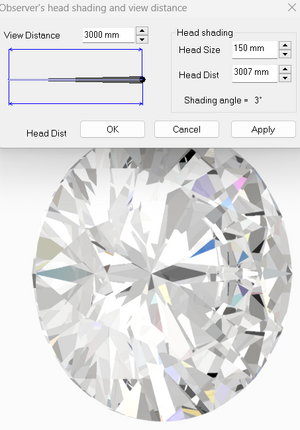


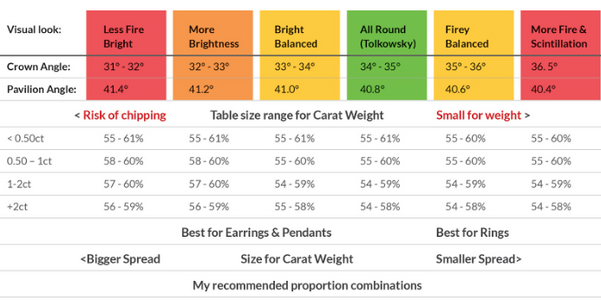
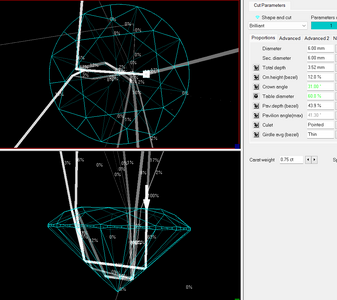
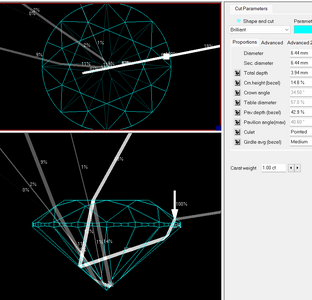
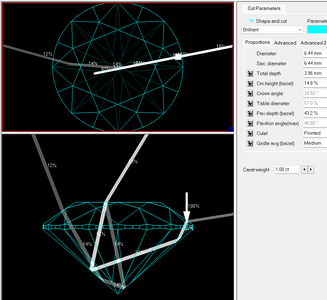
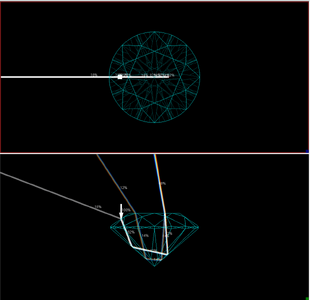
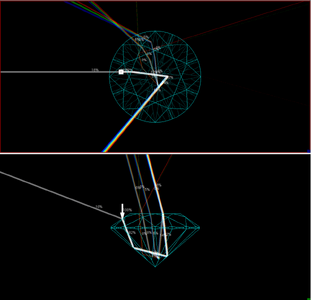
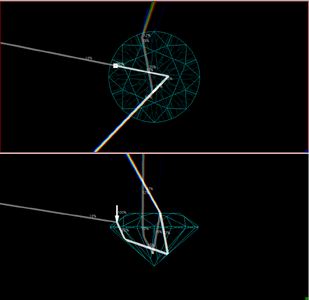



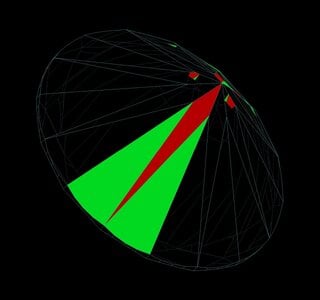
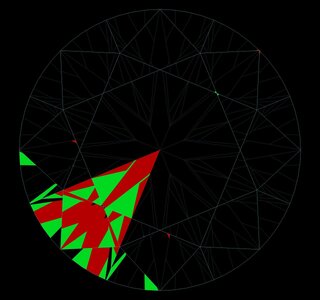


300x240.png)